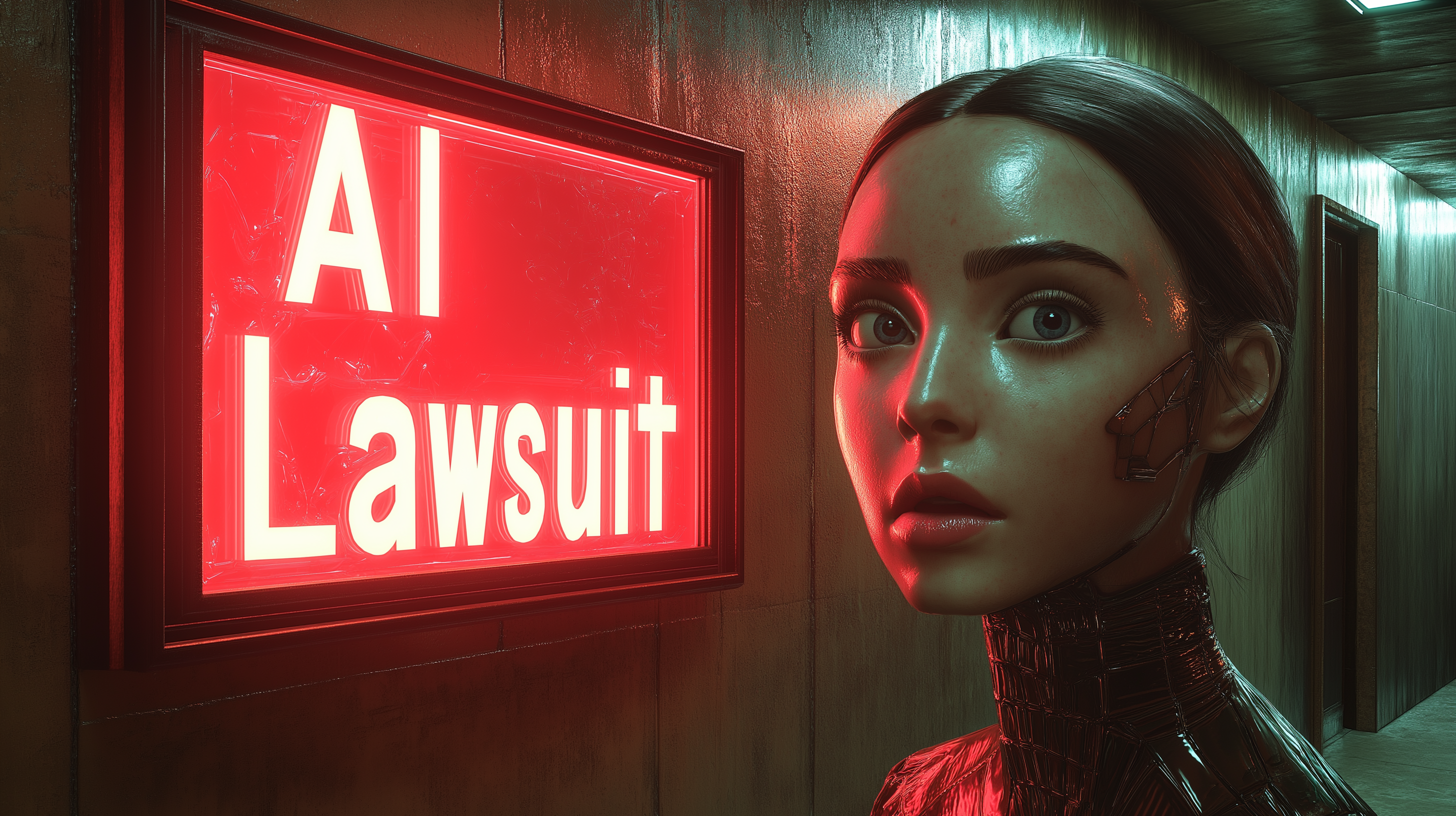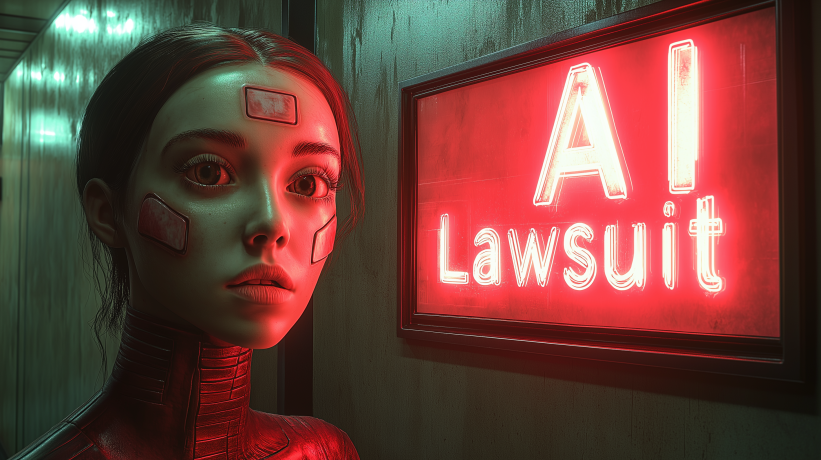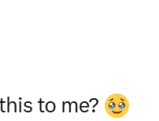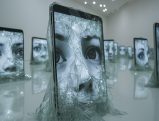
A federal court has allowed key copyright claims to proceed against AI art generators, rejecting motions to dismiss from companies like Stability AI and Midjourney. This ruling sets the stage for a landmark legal battle that could reshape how AI systems use copyrighted works for training data.
by LawInc Staff
August 13, 2024
A group of visual artists has sued AI companies Stability AI, Midjourney, DeviantArt and Runway in California federal court over alleged misuse of their copyrighted artworks to train AI image generators like Stable Diffusion. In a significant ruling, the court allowed most of the copyright infringement and related claims to proceed to discovery. The case represents a pivotal legal inflection point on intellectual property issues posed by generative AI technologies.
This guide breaks down everything you need to know about this landmark lawsuit and order, from the core arguments to the key holdings to the broader implications. Gain a comprehensive grasp of the facts, claims, defenses, legal reasoning, and potential impacts of this case at the intersection of copyright law and artificial intelligence.
Whether you’re an artist, technologist, legal professional or casual observer, understanding the contours of this case is crucial to following the evolving debate over AI systems’ use of copyrighted training data. Will this ruling disrupt the generative AI boom or be a footnote in its continued rise?
1. Understand the Core Claims & Allegations
-
- Copyright Infringement by Training: Plaintiffs allege defendants copied their artworks without permission to train AI image generators.
- Copyright Infringement by Output: Plaintiffs contend the AI models themselves unlawfully reproduce and create derivative works.
- DMCA Violations: Plaintiffs argue removal of copyright management information from their works to train AI violates the DMCA.
- Unfair Competition: Plaintiffs assert defendants’ conduct constitutes unfair business practices under state law.
- Right of Publicity: Certain plaintiffs allege misuse of their names and artistic styles without consent.
Key Allegations:
-
- Stability AI & Midjourney used the 5 billion image LAION datasets, alleged to contain millions of copyrighted artworks, to train Stable Diffusion.
- Plaintiffs argue these AI models contain “compressed copies” of their works and can reproduce them in outputs.
- Midjourney also accused of promoting artists’ names and styles to advertise its product’s imitative capabilities.
- DeviantArt alleged to have betrayed its artist community by adopting Stable Diffusion for its DreamUp tool despite works being trained on.
- Runway allegedly helped train Stable Diffusion and incorporated it into its AI Magic Tools product.
The Legal Issues:
-
- Does training AI on copyrighted works without permission constitute infringement or fair use?
- Are these AI models and their outputs infringing reproductions or derivatives of the training images?
- Can stripping copyright management information to train AI violate the DMCA, even if models’ outputs aren’t identical copies?
- Do generative AI products engaging in unfair competition by enabling imitation of artists’ names and styles?
- Where is the line between permissible inspiration and misappropriation of artists’ creative output and personas?
The Broader Context:
-
- Generative AI Boom: Explosion of AI systems trained on web-scraped data raises novel legal issues around permissible training data use.
- Evolving Technology: Improving generative AI capabilities to imitate artists and styles blur lines between inspiration and infringement.
- Open Source vs. Consent: Case highlights tension between open source ethos of some AI companies and copyright interests of creatives.
- Visual Arts Focus: While similar issues arise with AI trained on music, code, etc., visual artists lead the legal charge so far.
- Ethics vs. Innovation: Pits artists’ attribution and consent concerns against AI companies’ goals of creative empowerment and progress.
2. Analyze the Court’s Key Holdings & Reasoning
-
- Allowing Copyright Claims to Proceed: Found plausible that training AI on copyrighted works could constitute infringement.
- Exploring Alternate Infringement Theories: Let claims of AI models reproducing protected works or being derivatives advance.
- Rejecting DMCA Claims: Held DMCA only applies to removal of CMI from identical copies, not just substantially similar outputs.
- Preserving Right of Publicity Issues: Found Midjourney’s alleged use of artists’ names and styles to promote its product could violate their rights.
- Identifying Factual Disputes: Concluded key questions of how AI models use copyrighted data must be answered through discovery.
Court’s Key Reasoning:
-
- Training AI on copyrighted works is different than providing tools that could enable infringement.
- Plausible on current facts that copies of plaintiffs’ works are stored or used in AI models in infringing ways.
- Models’ potential to reproduce training images closely and output works “in the style of” artists raises legitimate infringement concerns.
- DMCA only protects removal of CMI from identical copies, not just substantially similar AI-generated images.
- Factual issues of how AI models actually work and fair use defense can’t be resolved without discovery and evidence.
Nuanced Approach:
-
- Court resisted broad rules immunizing AI training as presumptive fair use or deeming all outputs as per se infringement.
- Analyzed specific theories on elements like reproduction right, derivative works, substantial similarity, more.
- Acknowledged copying copyrighted data to train AI could be infringement, but outputs a more context-specific inquiry.
- Focused on alleged reproduction of protected elements, not just “style” or “creative inspiration.”
- Preserved state law claims to allow exploration of property and attribution rights beyond federal copyright.
Open Questions Remain:
-
- Fair Use: Key defense for AI companies given benefits of access, innovation, expression – but fact-intensive.
- Derivative Works: Are AI models that can reproduce some images “derivatives”? More discovery needed on how they work.
- Outputs vs. Training: Using copyrighted works as training data seems riskier than simply providing generative tool under current law.
- Evolving Tech: How adaptable are current infringement/fair use rubrics to rapidly advancing generative AI capabilities?
- State Law Reaches: Even if certain claims fail under federal copyright law, state-level unfair competition and right of publicity theories could provide relief.
3. Understand What the Ruling Means for AI & Creative Ecosystem
-
- Allowing Key Claims to Reach Discovery: Ruling keeps plaintiffs’ core contentions alive and tees up factual showdown over how AI models actually work.
- Raising the Stakes for AI Companies: Prospect of copyright liability for training on scraped data may lead to more caution, licensing, opt-outs.
- Spotlighting Unresolved Legal Gray Areas: Shows current copyright, DMCA, fair use frameworks don’t neatly resolve AI issues.
- Energizing Artists’ Concerns: Emboldens some creatives to resist unlicensed use of their works to train AI and demand more rights.
- Foreshadowing Wave of Litigation: Other similar lawsuits citing this ruling likely as AI companies, artists, academics monitor this case.
Practical Impacts:
-
- Some AI companies may become more selective or transparent about training data to mitigate infringement risk.
- Potential development of technical tools to help identify/filter potentially infringing content.
- More caution among generative AI users about commercial applications until legal landscape settles.
- Increased lobbying and amicus activity around pending lawsuits and prospect of legislative solutions.
- Heightened awareness among artists of IP issues with AI and more exploring collective actions.
Doctrinal Implications:
-
- Highlights challenges of fitting AI into traditional copyright concepts like reproduction, derivation, transformation.
- Shows limits of using DMCA’s copyright management information provision to combat AI training.
- Forces deeper examination of what separates mere “inspiration” from misappropriation of “style” in AI context.
- Raises questions of whether AI deserves different infringement/fair use analysis than other technologies.
- Spotlights possible role for other doctrines like right of publicity to supplement copyright claims for some AI harms.
Far-Reaching Ramifications:
-
- Chilling Effects vs. Innovation: Will legal uncertainty slow AI progress or lead to greater cooperation between AI companies and creatives?
- Rethinking Data Practices: Case may spur more robust data provenance tracking, consent frameworks, and “artifier” disclosures.
- Licensing vs. Opt-Outs: Will default shift to affirmative licensing for training data or just more user-friendly ways to exclude works?
- Free Expression Tensions: How to balance creatives’ rights with public interests in access, sharing, inspiration AI enables.
- Legislative Answers: Will Congress step in with sui generis rules for generative AI or leave it to courts to adapt existing law?
Key Takeaways

Insight: The court emphasized that the ruling does not decide the ultimate merits, but allows factual discovery on key questions of how AI image generators actually work and whether their training or outputs infringe copyrights under governing law.
This court ruling allowing a lawsuit against generative AI companies for alleged copyright infringement and related violations to move forward into discovery is highly significant. It’s an early but pivotal milestone in what’s sure to be a long journey of litigation and public debate around intellectual property rights in the age of artificial intelligence.
While the court did not rule on the ultimate issues, it found the key contentions about unlicensed AI training on copyrighted works and potentially infringing outputs plausible enough to reject a quick dismissal. The decision tees up a high-stakes factual battle over how the defendants’ AI models actually work and a legal reckoning over whether their practices are improper appropriation or permissible fair use.
Everyone from artists to technologists to legal scholars will be closely monitoring this case as it unfolds. But it’s just one of many fronts in a broader struggle to adapt laws and social norms around intellectual property, privacy, and creative rights to a rapidly arriving reality of artificial intelligence tools that can powerfully emulate and recombine human-generated data. Buckle up!
Test Your Lawsuit & Ruling Knowledge
Questions: Claims & Allegations
-
- 1. What is the core copyright claim against Stability AI, Midjourney and DeviantArt?
- A) DMCA violations for removing CMI
- B) Inducement of user infringement
- C) Using copyrighted works to train AI without consent
- D) Unjust enrichment from AI images
- 2. What does the lawsuit allege Stable Diffusion contains?
- A) Full exact copies of training images
- B) Illegal derivative works of artists
- C) Compressed copies or latent representations
- D) No copyrighted material at all
- 3. What is Midjourney specifically accused of regarding artists’ names?
- A) DMCA violations
- B) Unjust enrichment
- C) Using them to advertise its AI’s capabilities
- D) Sharing them with other companies
- 4. What does the lawsuit claim about DeviantArt’s role?
- A) It trained Stable Diffusion on its own
- B) It induced user infringement of the model
- C) It incorporated the model into its own products
- D) It hacked Stability AI’s servers
- 5. What is Runway alleged to have done with Stable Diffusion?
- A) Helped originally train it
- B) Incorporated it into its own products
- C) Promoted it for infringing uses
- D) All of the above
- 1. What is the core copyright claim against Stability AI, Midjourney and DeviantArt?
Answers: Claims & Allegations
-
- 1. C) The key claim is that the defendants used the plaintiffs’ copyrighted artworks to train AI without permission. Other related claims also raised.
- 2. C) The lawsuit alleges Stable Diffusion contains “compressed copies” or latent representations of the training images, not exact duplicates.
- 3. C) Midjourney accused of using artists’ names and artistic styles to advertise and promote its AI image generator’s imitative abilities.
- 4. C) DeviantArt alleged to have incorporated Stable Diffusion into its own DreamUp product, not to have trained the model itself.
- 5. D) Runway alleged to have helped train Stable Diffusion, incorporated it into its own products, and promoted it in ways enabling infringement.
Questions: Court’s Rulings & Reasoning
-
- 1. What did the court say about the copyright infringement claims?
- A) They are preempted by the DMCA
- B) They fail to allege any protectable rights
- C) They have no chance of success
- D) They are plausible enough to proceed
- 2. How did the court rule on the DMCA claims?
- A) It allowed them to move forward
- B) It dismissed them with prejudice
- C) It said they were preempted
- D) It converted them to copyright claims
- 3. What was the court’s approach to the state law right of publicity claims?
- A) The court held they were preempted by copyright law
- B) It dismissed them all with prejudice
- C) It said they could proceed on limited grounds
- D) It stayed them pending the copyright claims
- 4. What was a key factual issue the court said required more discovery?
- A) Whether AI outputs are fair use
- B) How exactly the AI models use the training images
- C) If the AI companies made money
- D) The extent of the plaintiffs’ copyrights
- 5. At this stage, how did the court view the fair use defense?
- A) Presumptively favoring the AI companies
- B) Presumptively favoring the artists
- C) Unable to be decided without more facts
- D) Completely inapplicable to AI training
- 1. What did the court say about the copyright infringement claims?
Answers: Court’s Rulings & Reasoning
-
- 1. D) The court found the key copyright theories around training and outputs plausible enough to reject dismissal and warrant more factual discovery.
- 2. B) The court dismissed the DMCA claims with prejudice, holding the law only applies to removal of CMI from identical copies, not just similar AI outputs.
- 3. C) The court allowed the right of publicity claims based on misuse of artists’ names and styles to proceed on limited grounds.
- 4. B) The court emphasized that more discovery was needed on the key factual issue of exactly how the AI models reproduce the training images.
- 5. C) The court took no position on the merits of the fair use defense, finding it could not be decided at this early stage without more factual development.
Need Legal Help?
If you need legal assistance, in any field of law, our free concierge service can connect you with experienced attorneys in any practice area and state. Contact us to learn more.
Also See
Social Media Giants on Trial: The Lawsuit That Could Change Everything
Musk vs. Altman: Round 2 – The Heavyweight Legal Battle for AI’s Soul










